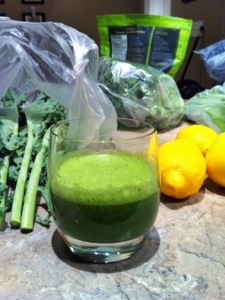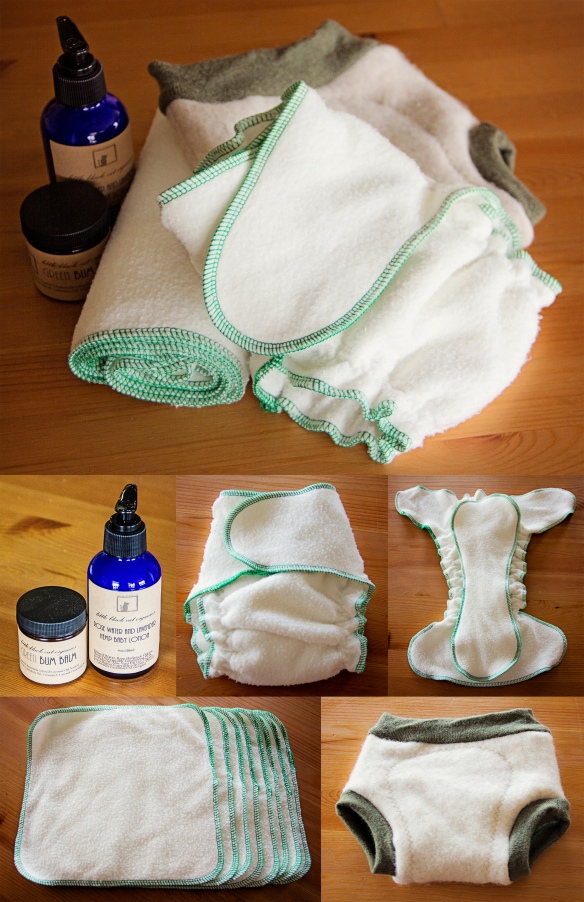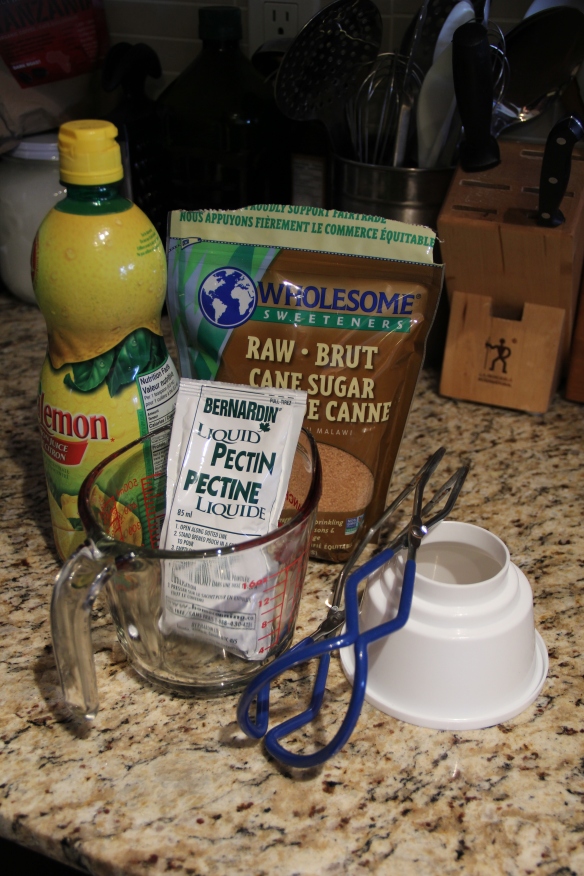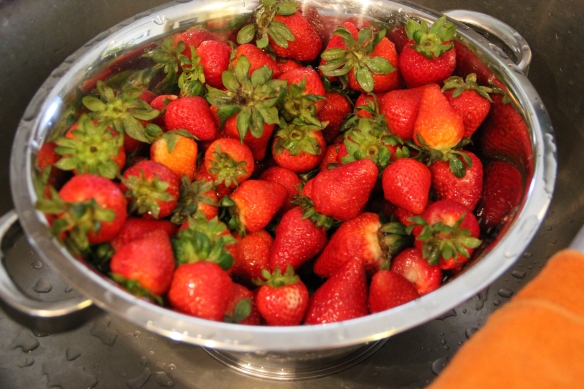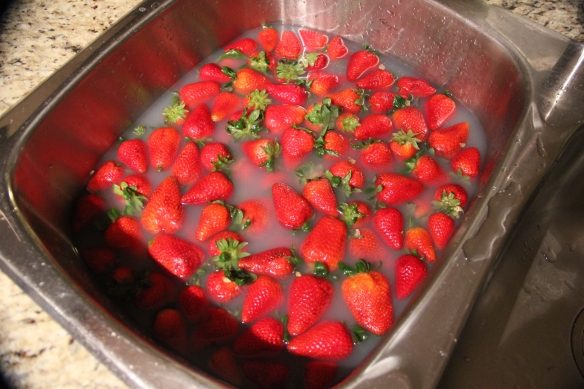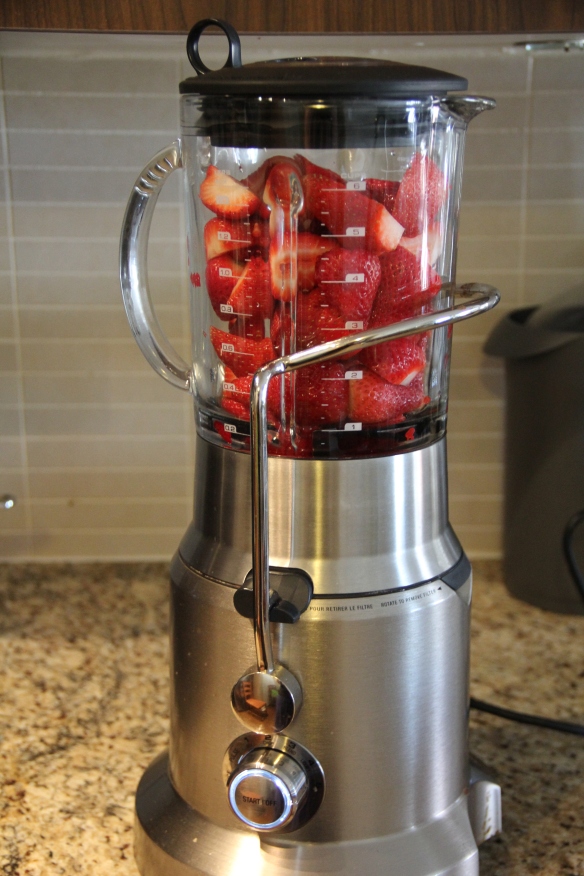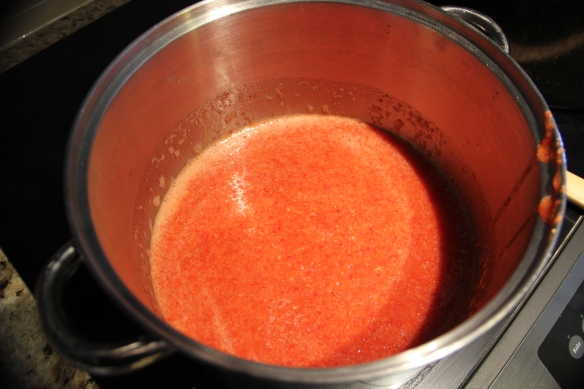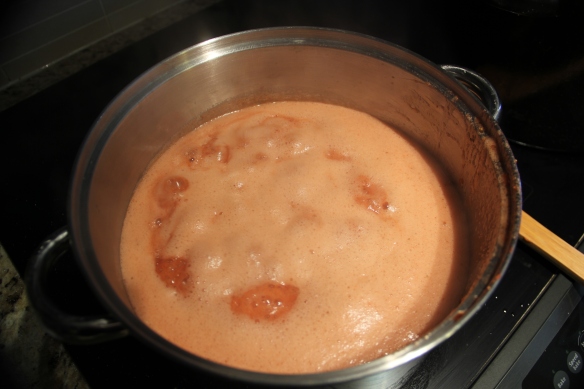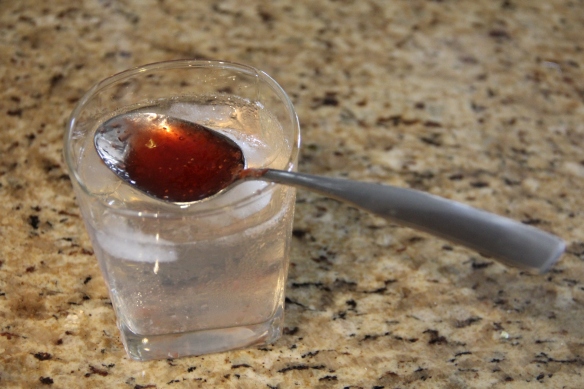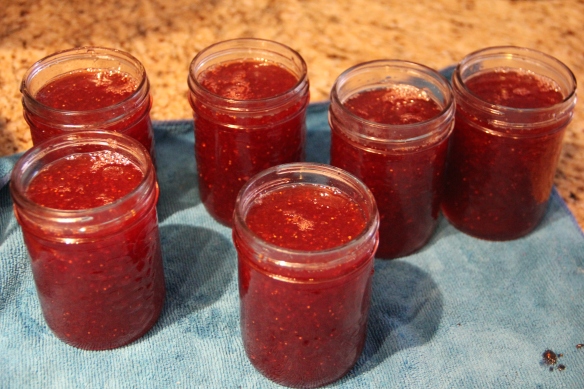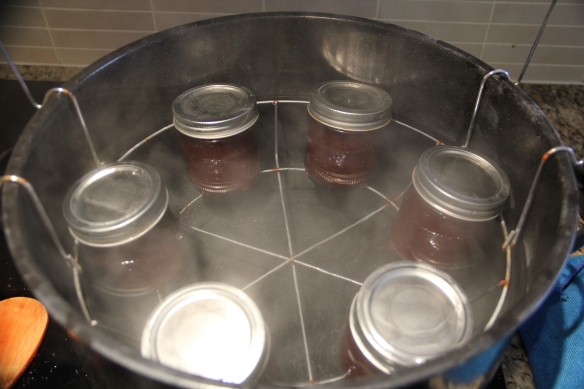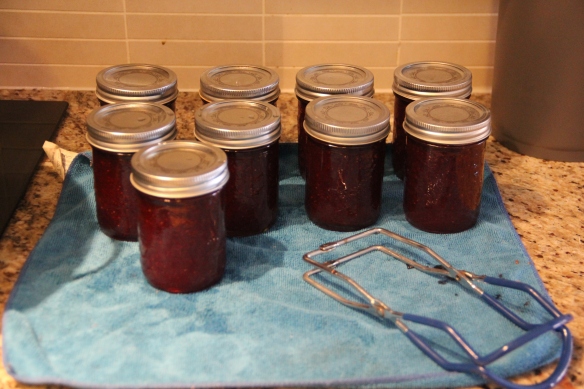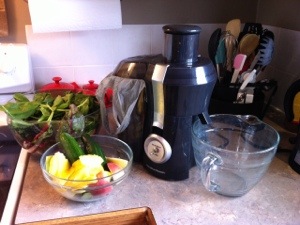
Colin and I recently starting juicing. When I talk about juicing, I don’t mean a glass of orange juice from the grocery store, I am talking about freshly pressed juice from a variety of fruits and vegetables. We had been considering it around the time that we first watched “Hungry for Change,” but had pretty much just been making smoothies with spinach and parsley thrown in for good measure. We have a juicer, but it collected dust in the cupboard until we watched “Fat, Sick and Nearly Dead.”
I know, I know, it seems like we make a lot food decisions based on documentaries. But look at it as an hour or two contains A LOT of information, and it is up to you what you do with that. We decided to make some changes with our eating.
What makes a lot of sense to us about juicing is what is in the juice itself – veggies and fruit. We have been making decisions to include more and more veggies in our diet, but juicing is like “extreme veggie eating,” and here is why:
1. Freshly pressed juice contains a lot of macronutrients. These nutrients include vitamins, minerals and other health and immune boosting components.
2. You get the health benefits of so many more vegetables and fruit than you would EVER be able to consume in one day. Just think, for breakfast, would you be able to eat an apple, half a grapefruit, half a cucumber, 4-5 leaves of kale, a handful each of parsley and spinach? I highly doubt it! By juicing, we remove the insoluble fibre, but keep the soluble fibre and all of the nutrients intact, and you can consume all of that in your juice!
If you want more info on the benefits of juicing, go here
So with all of this lovely knowledge, we had to decide how we were going to bring it into our diet. Although in “Fat, Sick and Nearly Dead,” Joe goes on a 60 day juicing fast, we knew that wasn’t for us. So we started slowly. We made juice the night before and had it ready and on-hand to replace our breakfast.
This is a great way to introduce fresh juice. It replaces a meal many of us are likely to skip anyhow, and it is a great grab-and-go option. Another choice is simply to include a nice tall glass of freshly pressed juice as a snack, or along with your lunch. It is better than not at all, and will kick start you getting all of those amazing nutrients!
After a few days of juice as breakfast, we decide to take the plunge…in the shallow end…and we are currently on a 5 day juice fast/cleanse. A big part of why we are doing this is to detoxify and clean out our bodies. Rather than get into detail here on this 5 day program, check out the Reboot website!
I would rather leave it to the experts to explain all of the dirty details, instead of missing something vital here!
Once we have finished this 5 day plan, I will let you know how it went, and how we feel.
So, onto the fun part, juicing! Here is my advice. I hope it helps!
1. The first thing you will need is a good quality juicer. Don’t feel like you have to break the bank, but do some research and make sure it can handle leafy greens and firmer fruit, like apples. You don’t want to try and start juicing and all you bought was a citrus juicer!
2. Try to juice organic produce when you can find it and if you can afford it. It means that no pesticides etc will be in your detox juice, when that is the garbage you are trying to get out of your body anyways!
If you can’t go organic, be sure to wash all produce very well before juicing. It is best to leave the peel intact on apples, pears and carrots if you can, so scrub away!
3. Beets hold a lot of dirt, so either peel them or scrub them well, organic or not. Muddy tasting juice isn’t enjoyable for anyone!
4. Citrus fruit – to peel or not to peel? Again, if it is non-organic, scrub well. Some citrus fruit may even be waxed, so check for that before juicing. Otherwise, it is a personal flavour decision. I enjoy the fresh, bright flavour of lemon rind, but my husband finds it too sour and prefers to peel lemons. As far as oranges and grapefruit go, we have peeled them every time.
5. Follow the manufacturer’s instructions for your juicer. Know what it can handle, how you are supposed to juice certain items.
I got out juicer for free on Freecycle, so I had no instructions. If you happen to be sans instructions as well, it is usually a good idea to start with an easy to juice item, like a cucumber, follow with all the leafy greens, then apples, and end with easy juicers with a lot of liquid, like cucumber, pineapple or citrus fruits. This makes sure that cleaning your juicer goes much easier and nothing gets clogged up.
6. Experiment! It is just juice! Try a little ginger, it is full of healthy benefits. Be brave and juice some garlic! Whaaaaaaat???!!! I know…people do it. I have not yet been that brave!
7. Don’t try to juice avocado or bananas!!! If you want these in your juice, you will have to blend them with your juice in your blender. This isn’t a bad thing, and it creates a thicker, more smoothie-like texture.
8. Put a bag in the part of your juice to catch all of the non juicy waste. Even better if the bag is compostable and you compost everything instead of throwing it away.
So now that you are a juicing pro, here are a couple of recipes:
The Jolly Green Giant: (a great all-around green juice)
5-6 kale leaves
2 handfuls spinach
1 handful parsley
1 cucumber
2 apples
1 cup pineapple
1 lemon
Juice it all up! Much better cold (refrigerated or poured over ice).
The Happy Place: (Great as “dessert,” or when one more glass of green juice might make you a crazy person!)
1 1/2 cups pineapple
3-4 oranges, peeled
1 large ruby red grapefruit, peeled
So good poured over ice, still frothy from the juicer!
Two great websites for more juice recipes:
http://www.rebootwithjoe.com/recipes/ (obviously)
http://www.juicemaster.com/recipes/
